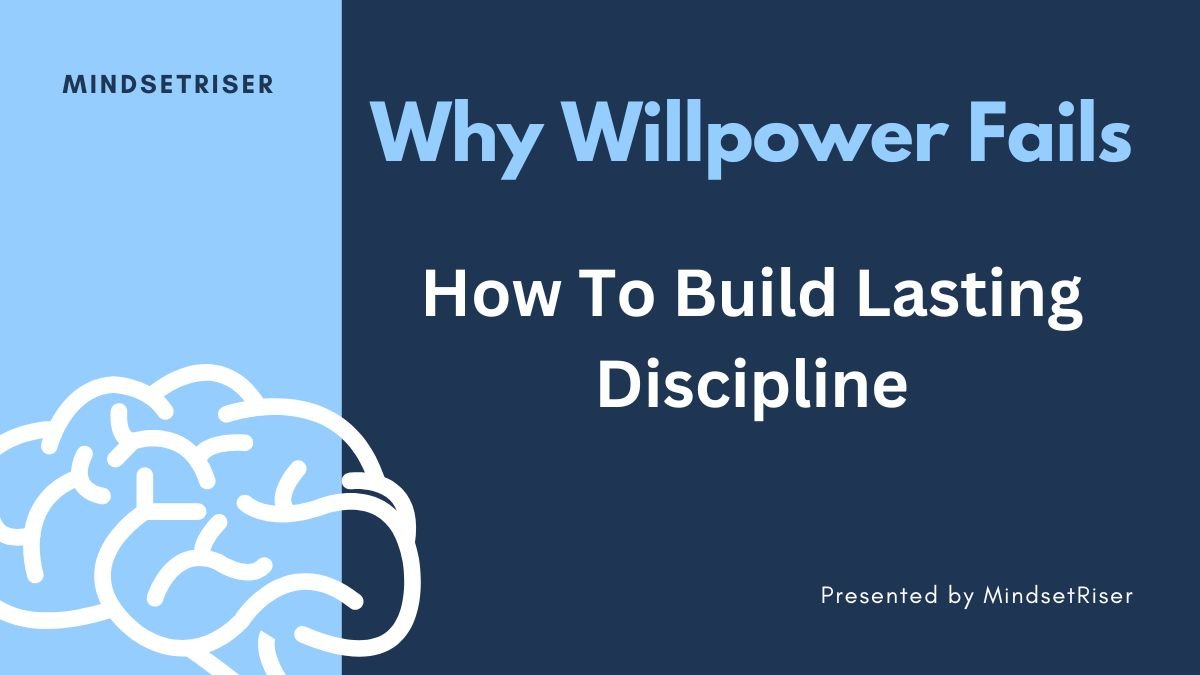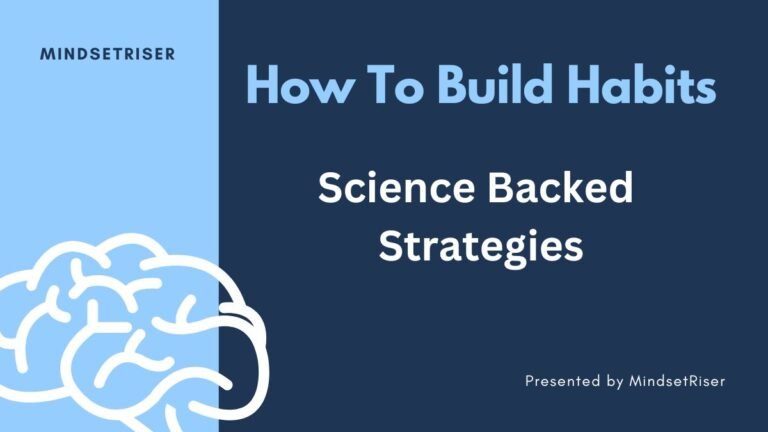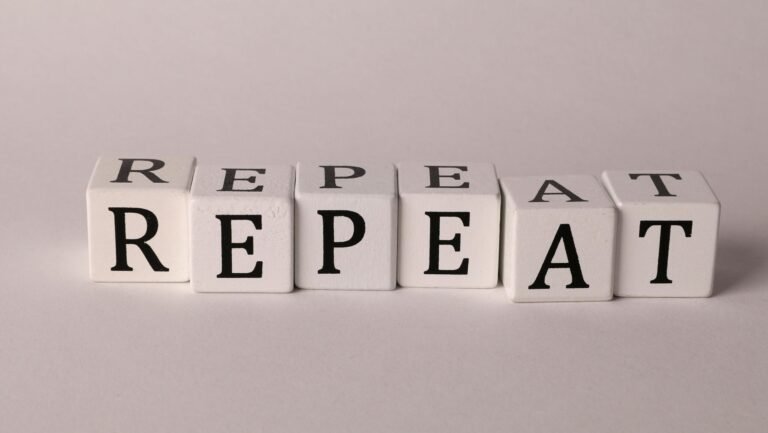Why Willpower Fails (And What Actually Works to Build Lasting Discipline)
Willpower is a myth. At least, the way most people think about it is. You’ve probably tried to rely on sheer grit to stick to a diet, wake up early, or quit a bad habit—only to burn out within days. But here’s the truth: Willpower isn’t a personality trait—it’s a resource that drains like a battery. And…
Willpower is a myth.
At least, the way most people think about it is. You’ve probably tried to rely on sheer grit to stick to a diet, wake up early, or quit a bad habit—only to burn out within days.
But here’s the truth: Willpower isn’t a personality trait—it’s a resource that drains like a battery. And the world’s most disciplined people don’t fight temptation—they design it out of their lives.
After analyzing behavioral science studies and real-world case studies (from Olympic athletes to reformed procrastinators), here’s what actually works to build effortless, automatic discipline.
1. The Willpower Trap: Why You Keep Failing
Myth: “If I just try harder, I’ll succeed.”
Reality: Willpower is finite (studies show it depletes after 2-4 hours of use).
Example:
- Morning You: “I’ll eat salad for lunch!”
- Afternoon You: Devours a pizza after decision fatigue hits
The Fix: Stop relying on willpower—engineer your environment instead.
2. The #1 Strategy Used by Navy SEALs and CEOs
“Don’t Rise to the Level of Your Goals—Fall to the Level of Your Systems.” (James Clear)
How It Works:
- Bad Approach: “I’ll stop scrolling before bed” (requires willpower)
- Smart Approach: Charge your phone outside the bedroom (no willpower needed)
3 Real-World Examples:
- Starbucks: Makes water bottles visible at checkout—sales jump 20%.
- Olympic Athletes: Sleep in gym clothes to remove morning friction.
- Writers: Use “distraction-free” apps like FocusWriter.
Your Move: List 3 temptations—then design them out of reach.
3. The 20-Second Rule: How to Make Good Habits Irresistible
Harvard psychologist Shawn Achor found:
- Reducing startup friction by 20 seconds makes habits 3x more likely to stick.
Apply It:
- Exercise: Lay out workout clothes the night before (cuts friction).
- Healthy Eating: Keep chopped veggies at eye level in the fridge.
- Productivity: Pre-open your work document before bed.
Pro Tip: For bad habits, add 20 seconds of friction (e.g., move snacks to a high shelf).
4. The “Ulysses Pact”: How to Outsmart Future You
Ancient Greek hero Ulysses tied himself to his ship’s mast to resist sirens—pre-commitment works.
Modern Examples:
- Financial: Automate savings transfers on payday.
- Health: Schedule workouts with a friend (bail = pay them $50).
- Focus: Use website blockers (e.g., Cold Turkey) during work hours.
Science Says: Pre-commitment doubles follow-through (European Journal of Social Psychology).
5. The “If-Then” Hack (Used by Memory Champions)
Formula: “If [trigger], then I will [action].”
Why It Works:
- Programs your brain to act automatically (no willpower needed).
Examples:
- “If I open social media, then I’ll do 5 push-ups first.”
- “If I feel stressed, then I’ll take 3 deep breaths.”
Study: People who used “if-then” plans were 2-3x more successful (American Journal of Psychology).
6. Why Motivation is Garbage (And What to Track Instead)
Motivation is unreliable—momentum is predictable.
Track These Metrics Instead:
- Chain Days: How many days in a row did you do the habit? (Keep the streak alive.)
- Friction Log: What almost stopped you? (Then eliminate it.)
- 2-Minute Version: Did you at least start? (e.g., “Just put on running shoes.”)
Example: Jerry Seinfeld’s “Don’t Break the Chain” calendar method.
7. The Dark Side of Willpower: When Discipline Backfires
Paradox: The more you rely on willpower, the weaker it gets.
Solution: “Decision-Free Zones”
- Morning: Pre-plan your outfit/meals.
- Work: Use time-blocking (e.g., “9-11 AM = Deep Work”).
- Night: Wind-down routine (no “just one more episode”).
Elite Performer Secret: Barack Obama wore only blue/gray suits to preserve decision energy.
How to Apply This Today
- Pick One Habit: Choose a goal (e.g., flossing, waking early).
- Remove Friction: Make it 20 seconds easier (or temptations harder).
- Pre-Commit: Lock in accountability (e.g., bet a friend $100).
FAQ: Quick Fixes for Willpower
Q: What if I still procrastinate?
A: Use the 5-Second Rule (Mel Robbins): Count 5-4-3-2-1 and physically move.
Q: How long until habits become automatic?
A: 18-254 days (University College London)—focus on consistency, not speed.
Q: Do supplements help willpower?
A: Protein-rich breakfasts stabilize blood sugar (key for decision-making).
Conclusion: Willpower is a Backup Plan—Not a Strategy
The most disciplined people don’t have superhuman willpower—they have smarter systems.
Your Turn:
- Audit one habit (Where does willpower fail?)
- Design the friction out (Use the 20-Second Rule).
- Celebrate small wins (Momentum > motivation).





